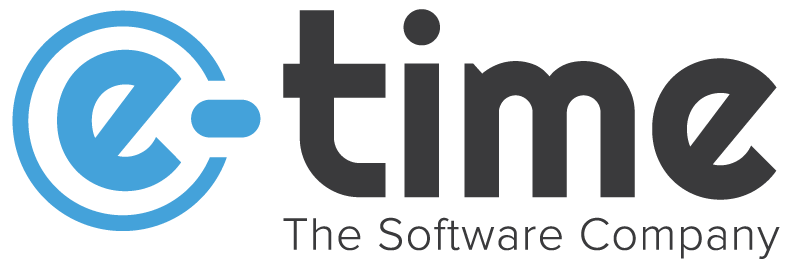E-time | the software company
E-vox: the solution for the integration of the telephone bar in your systems
E-vox is the enterprise PBX solution, based on the Open Source Asterisk framework.
E-vox, exploiting the rich feature set of Asterisk, can offer both the classic PBX functionality and other advanced features, interacting with traditional and VoIP phone systems.
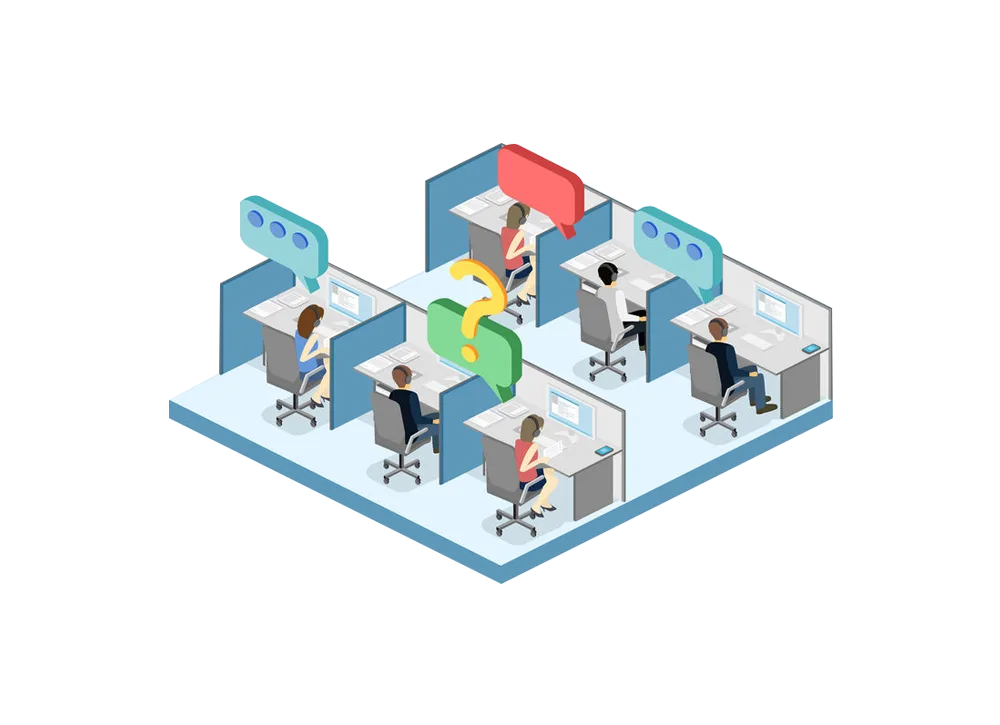
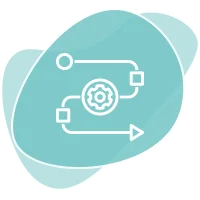
Organized
Create and manage call queues
among available agents, putting
customers on hold

Automated
Automatic assistant
for receiving and managing
incoming calls
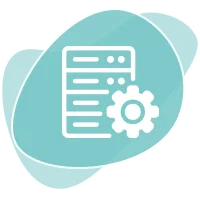
Advanced
Automatic or on-demand call recording feature, with advanced voice mail
features

Asterisk: what is it
Asterisk is an open source framework designed for creating communication applications. The software allows a computer to act as a PBX, integrating with IP telephony systems, VoIP gateways, ACD, IVR.
Equipped with many feature sets already built in, such as call queues, voice mail, call treatments, music on hold.
Asterisk is one of the world’s leading platforms, established for its guarantees of stability and scalability, which make it easily adaptable to different sizes and needs.
benefits
E-vox and Asterisk benefits
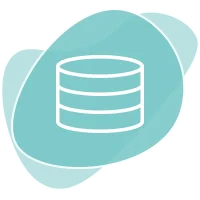
Installation
Quick installation on pc or company server without the help of cumbersome hardware systems
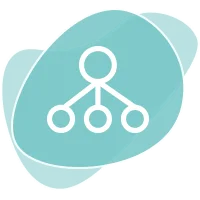
Smart
Automatic process of assigning
calls to the free operator

Less costs
Using VoIP you avoid the
costs of traditional telephone
services

UX e integrations
Simple and intuitive interface and easy integration with business applications

Scalability
Easily increase or decrease
the number of operators in your
support network

Customization
Quickly add new features,
or disable others.
Asterisk Features in detail
Features Detail
Call Features
- ADSI On-Screen Menu System
- Alarm Receiver
- Append Message
- Authentication
- Automated Attendant
- Blacklists
- Blind Transfer
- Call Detail Records
- Call Forward on Busy
- Call Forward on No Answer
- Call Forward Variable
- Call Monitoring
- Call Parking
- Call Queuing
- Call Recording
- Call Retrieval
- Call Routing (DID & ANI)
- Call Snooping
- Call Transfer
- Call Waiting
- Caller ID
- Caller ID Blocking
- Caller ID on Call Waiting
- Calling Cards
- Conference Bridging
- Database Store /
- Retrieve
- Database Integration
- Dial by Name
- Direct Inward System Access
- Distinctive Ring
- Distributed Universal
- Number Discovery (DUNDi™)
- Do Not Disturb
- E911
- ENUM
- Fax Transmit and Receive
- Flexible Extension Logic
- Interactive Directory Listing
- Interactive Voice Response (IVR)
- Local and Remote Call Agents
- Macros
- Music On Hold
- Music On Transfer:
- Flexible Mp3-based System
- Random or Linear Play
- Volume Control
- Privacy
- Open Settlement Protocol (OSP)
- Overhead Paging
- Protocol Conversion
- Remote Call Pickup
- Remote Office Support
- Roaming Extensions
- Route by Caller ID
Call Features
- SMS Messaging
- Spell / Say
- Streaming Hold Music
- Supervised Transfer
- Talk Detection
- Text-to-Speech (via Festival)
- Three-way Calling
- Time and Date
- Transcoding
- Trunking
- VoIP Gateways
- Voicemail:
- Visual Indicator for Message Waiting
- Stutter Dialtone for Message Waiting
- Voicemail to email
- Voicemail Groups
- Web Voicemail Interface
Zapateller
Computer-Telephony Integration
- Asterisk Gateway Interface (AGI)
- Asterisk Manager Interface (AMI)
- Asterisk REST Interface (ARI)
- Outbound Call Spooling
Scalability
- TDMoE (Time Division Multiplex over Ethernet)
- Allows direct connection of Asterisk PBX
- Zero latency
- Uses commodity Ethernet hardware
- Voice-over IP
- Allows for integration of physically separate installations
- Uses commonly deployed data connections
- Allows a unified dialplan across multiple offices
Speech
- Cepstral TTS
- Lumenvox ASR
Codecs
- ADPCM
- CELT (pass through)
- G.711 (A-Law & μ-Law)
- G.719 (pass through)
- G.722
- G.722.1 licensed from Polycom®
- G.722.1 Annex C licensed from Polycom®
- G.723.1 (pass through)
- G.726
- G.729a
- GSM
- iLBC
- Linear
- LPC-10
- Speex
- SILK
VoIP Protocols
- Google Talk
- H.323
- IAX™ (Inter-Asterisk eXchange)
- Jingle/XMPP
- MGCP (Media Gateway Control Protocol
- SCCP (Cisco® Skinny®)
- SIP (Session Initiation Protocol)
- UNIStim
Traditional Telephony Protocols
- E&M
- E&M Wink
- Feature Group D
- FXS
- FXO
- GR-303
- Loopstart
- GroundstartKewlstart
- MF and DT MF support
- Robbed-bit Signaling (RBS) Types
- MFC-R2 (Not supported. However, a patch is available)
ISDN Protocols
- AT&T 4ESS
- EuroISDN PRI and BRI
- Lucent 5ESS
- National ISDN 1
- National ISDN 2
- NFAS
- Nortel DMS100
- Q.SIG
Would you like more details? Contact us.
